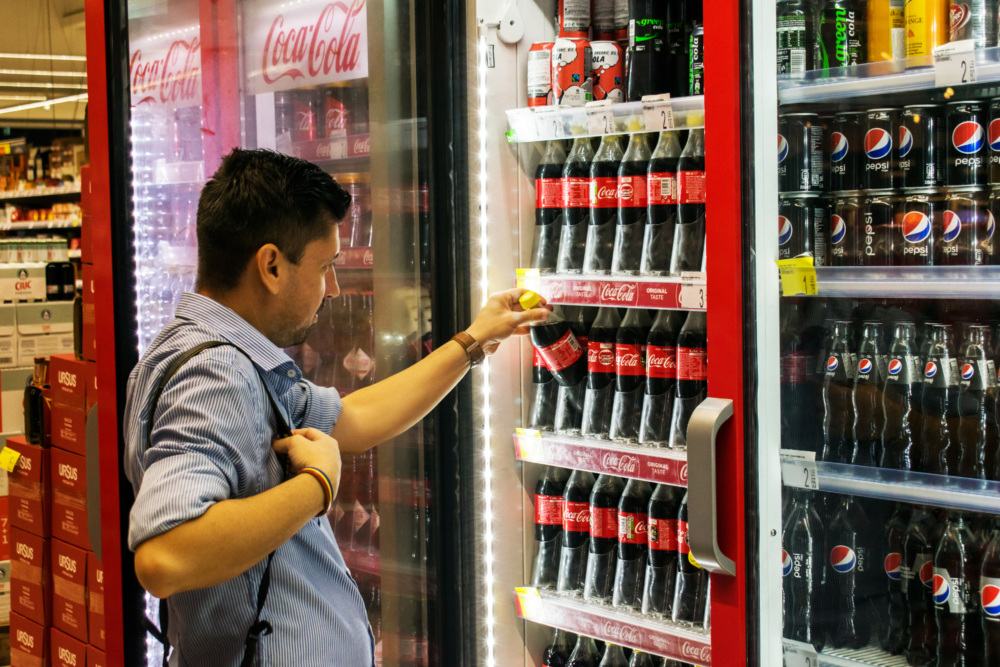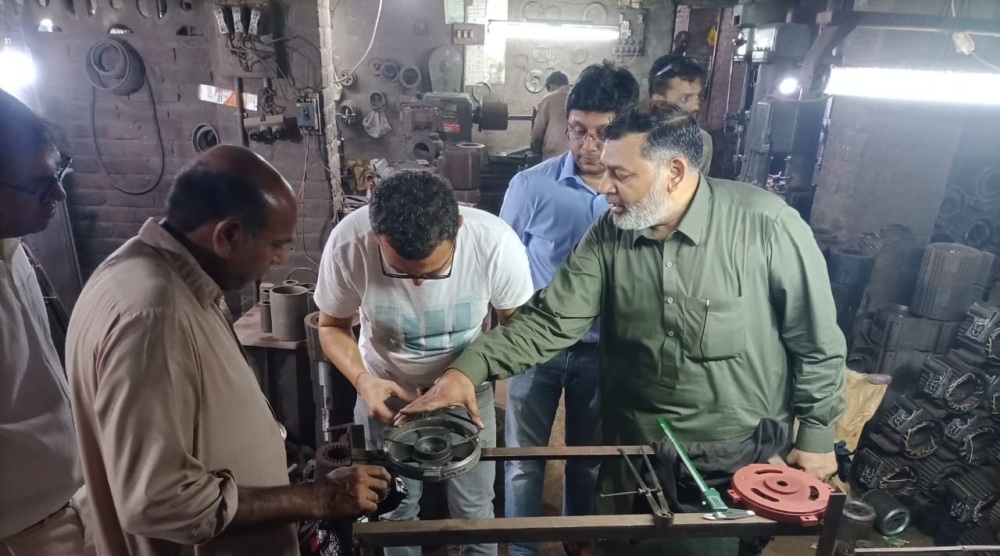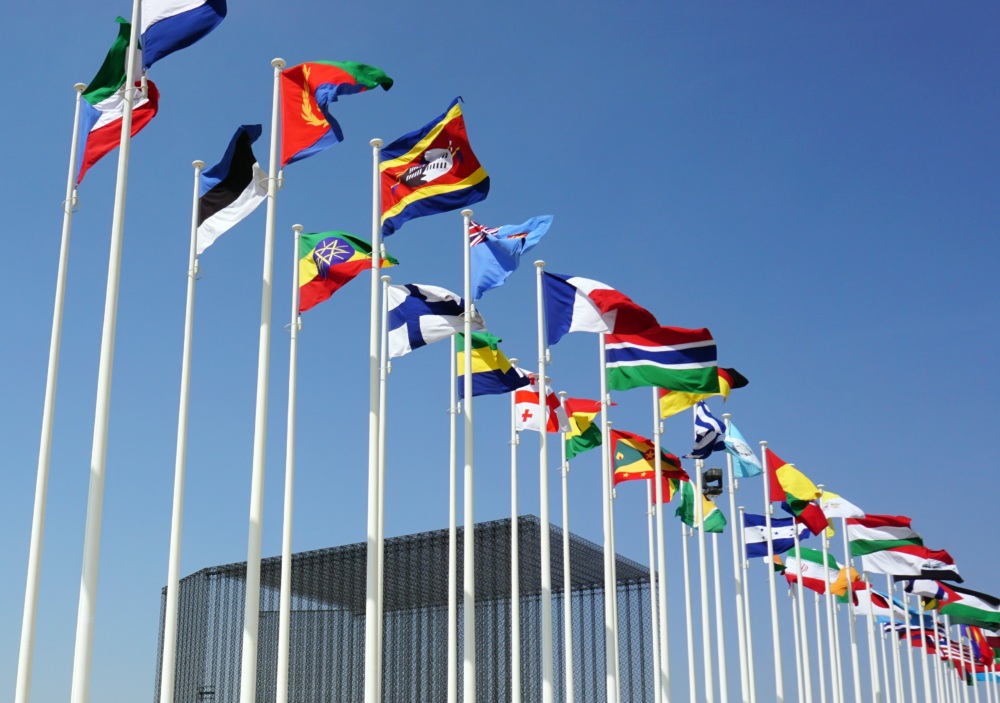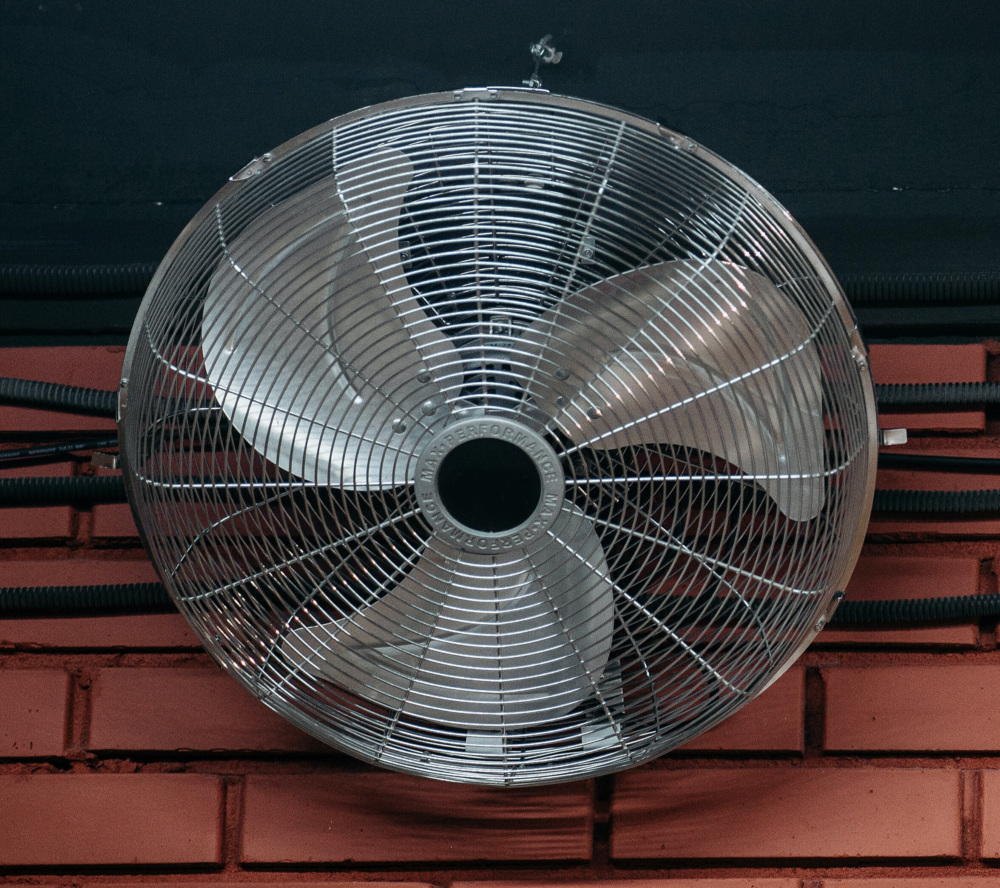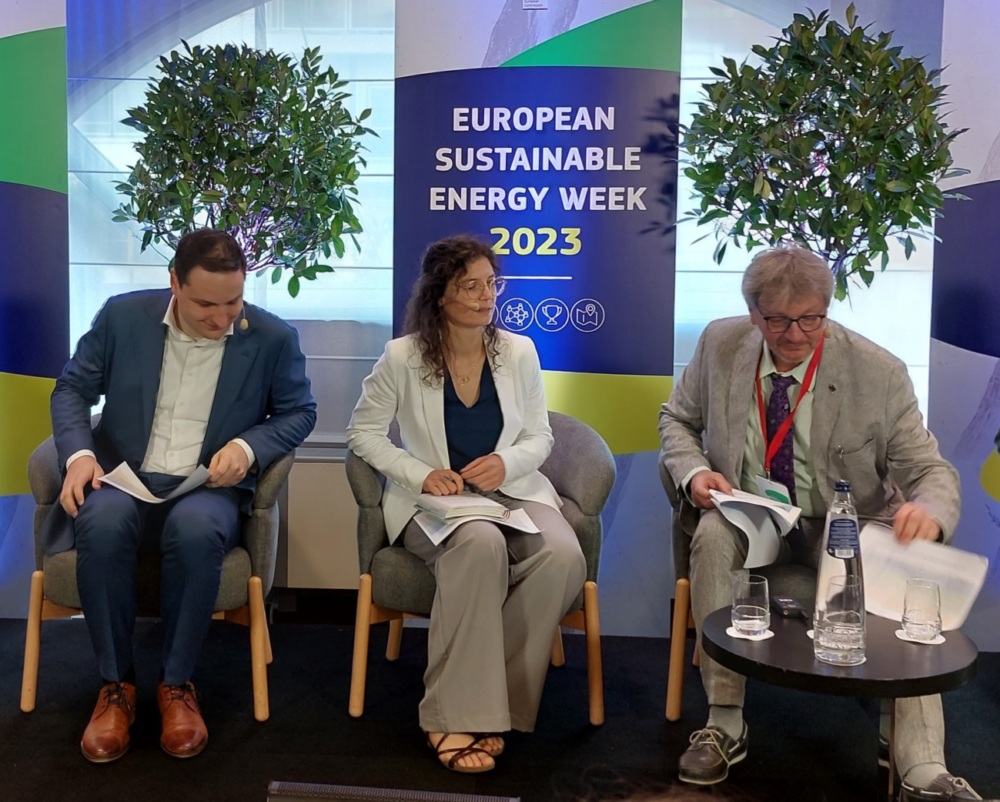Practical guidance for effective monitoring, verification, and enforcement activities
The United Nations Environment Programme (UNEP)-Global Environment Facility (GEF) en.lighten initiative is pleased to announce the publication of a series of monitoring, verification and enforcement (MVE) guidance notes. Developed as part of the Southeast Asia and Pacific Monitoring, Verification and Enforcement Project, with funding from the Australian Government, the series provides practical tools to support the development of an effective lighting policy compliance framework and to help countries achieve a successful transition to energy efficient lighting.
The UNEP-GEF en.lighten initiative estimates indicate that a switch to energy efficient lighting globally would save more than $140 billion and reduce CO₂ emissions by 580 million tonnes every year. However, as governments throughout the world recognise this potential and implement minimum energy performance and labelling programmes to realise these savings, the continued presence of non-compliant, inefficient products in many markets jeopardises the achievement of countries’ energy efficiency goals.
To combat this, it is crucial that national, and regional, strategies for the transition to efficient lighting include provision for robust MVE programmes, which systematically monitor the products in the market, verify their performance levels and compliance with regulations, and proactively take enforcement action against those found to be non-compliant. These activities protect markets from products that fail to perform as declared, or required; guarantee that products meet consumers’ expectations; and ensure that policymakers, government regulators and programme administrators attain their energy saving objectives. MVE activities also protect suppliers’ competitiveness by ensuring that they are all subject to the same market entry conditions.
The new UNEP-GEF en.lighten series of MVE guidance notes provides a practical resource for governments in establishing and implementing an effective MVE programme. The series consists of six guidance notes:
- Developing Lighting Product Registration Systems*
- Efficient Lighting Market Baselines and Assessment*
- Enforcing Efficient Lighting Regulations*
- Good Practices for Photometric Laboratories
- Performance Testing of Lighting Products*
- Product Selection and Procurement for Lamp Performance Testing
Each guidance note focuses on an individual aspect of a MVE infrastructure, provides best practice guidance and examples for its implementation, and describes how it contributes to improved product compliance and the success of policies aimed at transforming the market to efficient lighting. Although the guidance notes focus on lighting products, the advice they contain is equally relevant to MVE programmes for other equipment and appliances. The exception to this is the photometric laboratories guidance note, which contains specific information for good practices in the testing of lighting products.
The guidance notes are available to download from the en.lighten website at, www.enlighten-initiative.org/ResourcesTools/Publications.aspx.
This text originally appears on the en.lighten Initiative website and was prepared by their staff.
*Four of the six guides were prepared by CLASP for the United Nations Environment Programme (UNEP)–Global Environment Facility (GEF) en.lighten initiative with the support of the Australian Government through the Australian Department of Industry, Innovation and Science.

